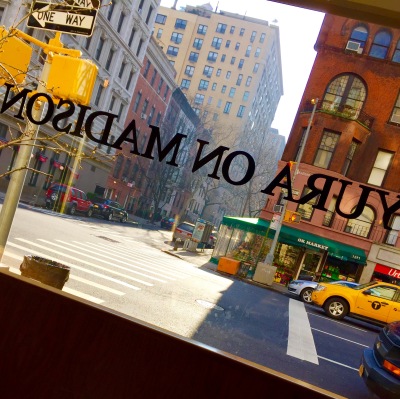She stands on stage. No, not stands. She towers, she thrums, she exudes, she stretches. She does not simply stand. Her red hair is a mane around her shoulders and her fingers are like fireflies in the air, pulling out energy and coaxing out melody and drawing you in all at once. Her motions are sporadic and violent and goddess-like. She is undergoing an exorcism or bursting into existence or announcing life with a tear and a bang and all eyes on you in the light and the heat Now.
And it is all ethereal.
Up there – raised and yet more connected to every body in the room than one could possibly hope for – she is the definition of reckless abandonment. She is so herself that all you can do is love her. She is so open and trusting and warm that when she says “if you like them or if you love them or if you just met them, RAISE THEM UP”, it gets a crowd to raise their neighbors onto their shoulders, and then the whole crowd is dancing together.
She is so connected that when she tells a story of writing a song hungover, needing to be absolved, and asks the crowd: “Would you be that [my] choir of hungover angels?”, everyone falls into the role easily.
Yes.
And now everyone is a part of this spiritual inertia that has swept through the stadium. Now we are all swaying and jumping and reaching and screaming and singing. Feeling. Everyone is there. Together. Feeling. We are all feeling love. She says she can sense it. She says that she has experienced the kind of love that makes you fall in love with someone and then everyone and then the whole world and she asks us to take our love out into that same big world and spread it. Because everyone could use a little more of that in their lives.
And then we are back to movement. Hands reaching and pulling energy down from the ceiling, where it collects and condenses into little invisible clouds, charged with the heat and the love and the noise of all of the hearts in that space. And over us all, her hands are conducting. She throws ribbons of sound into the smoke and fog and joy filled air and up to the invisible clouds they go.
Behind her, the glittering of the reflective background looks like applause.
How beautiful.
Florence + The Machine: How Beautiful Tour (visit: http://florenceandthemachine.net/)

